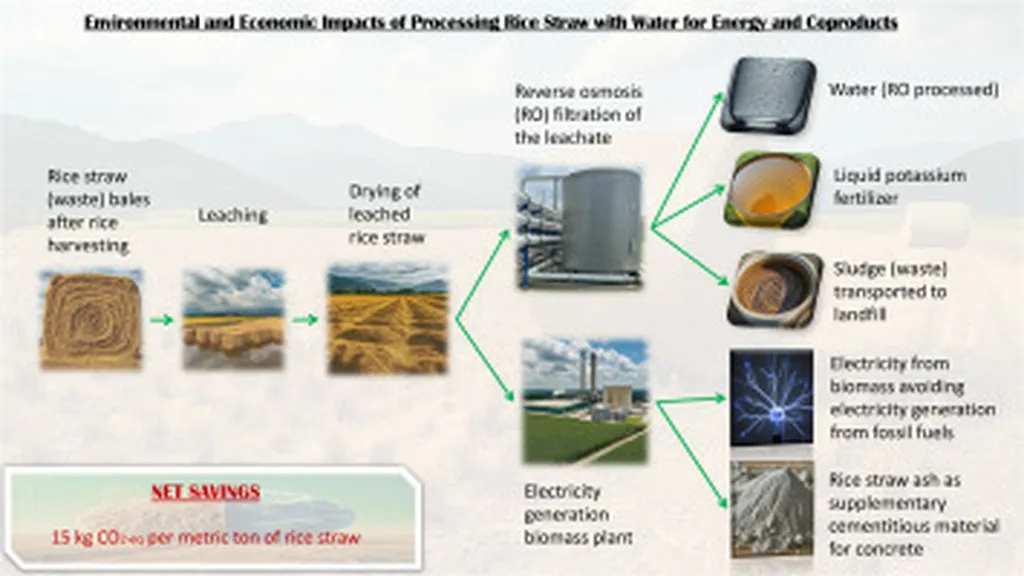In the quest for sustainable and eco-friendly materials, researchers have turned to an unlikely source: rice straw. A recent study led by Santosh Kumar from the Department of Mechanical Engineering at The National Institute of Engineering in Mysuru, India, has uncovered promising insights into the wear resistance of composites made from rice straw particles and polylactic acid (PLA). Published in the journal *Materials Research Express* (which translates to “Materials Research Express” in English), the research highlights the potential of these composites for various industrial applications, particularly in the energy sector.
Rice straw, a widely available agricultural byproduct, has long been considered a nuisance, often burned in fields, contributing to air pollution and health issues. However, Kumar and his team saw an opportunity to transform this waste into a valuable resource. “We aimed to develop composites that are not only cost-effective and environmentally benign but also perform well under abrasive conditions,” Kumar explained.
The researchers created composites by mixing rice straw particles, sized at 200 microns, with PLA. They experimented with both untreated and chemically treated (alkali-treated) rice straw particles, varying the fiber content from 10% to 40% by weight. The composites were then subjected to two-body abrasive wear tests following ASTM guidelines.
The results were intriguing. Composites loaded with 30% rice straw particles exhibited the best wear resistance. Using Taguchi and ANOVA methodologies, the team found that the applied load was the most significant factor influencing the specific wear rate (SWR), accounting for 90.64% of the variation. “The applied load was the dominant factor, but sliding distance and speed also played crucial roles,” Kumar noted.
The study also revealed that at lower loads, there was no discernible fiber pullout or plowing of fibers in the matrix for either treated or untreated composites. This suggests that these sustainable composites are well-suited for applications where lower loads are typical, offering a durable and eco-friendly alternative to traditional materials.
The implications for the energy sector are substantial. As industries increasingly seek to reduce their environmental footprint, the development of sustainable composites like these could revolutionize the way components are manufactured. “These composites are not only affordable and environmentally friendly but also durable, making them ideal for various industrial applications,” Kumar said.
The research also underscores the importance of optimizing the composition of these composites to enhance their performance. By understanding the factors that influence wear resistance, manufacturers can tailor their products to meet specific needs, opening up new possibilities for innovation.
As the world continues to grapple with the challenges of sustainability, studies like this one offer a glimmer of hope. By transforming agricultural waste into valuable materials, researchers are paving the way for a more sustainable future. The findings published in *Materials Research Express* provide a solid foundation for further exploration and development in this field, potentially shaping the future of industrial materials and energy solutions.

